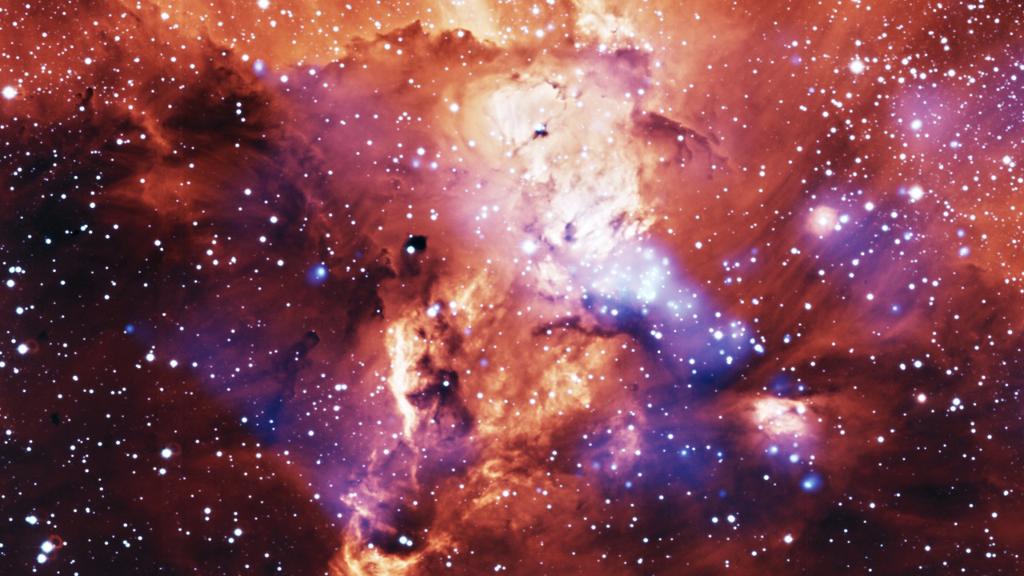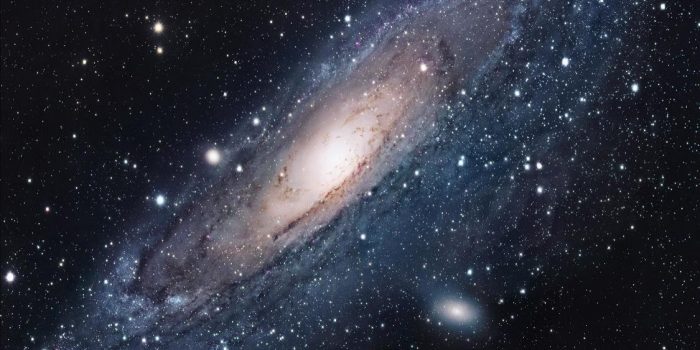Vctor Rivilla and his colleagues at Madrid’s Spanish Astrobiology Centre have achieved a remarkable discovery. In space, the researchers discovered a crucial component of the simplest phospholipid. Phospholipids are chemicals that make up the membranes of all cells on Earth, in case you didn’t know. The team discusses their discovery of the phospholipid component, known as ethanolamine, in a pre-print that hasn’t been peer-reviewed, and notes that this result shows that all of life’s antecedents could have started in space.
These building ingredients, which include amino acids, protein precursors, and molecules that may store information in the form of DNA, have been detected and recorded by astronomers. However, there is another crucial component for life: chemicals that can create membranes capable of encasing and preserving life molecules in compartments known as protocells. In space, phospholipids have never been discovered. Until the discovery of Rivilla and his colleagues.

The researchers studied light from Sagittarius B2, an interstellar cloud of gas and dust located 390 light-years from the Milky Way’s core. The chemical formula for ethanolamine is NH2CH2CH2OH. The researchers approximated the spectrum that this chemical should emit at the frigid temperatures found in clouds. They next searched for obvious evidence of this spectrum in light that had traveled through the cloud, which they discovered. “Not only does this have crucial consequences for ideas of the origin of life on Earth, but it also has ramifications for other habitable planets and satellites everywhere in the Universe,” the researchers stated.
Astronomers have previously discovered ethanolamine in meteorites. Some argue that it was generated exclusively through a weird combination of processes on a parent asteroid, but researchers are still unsure how it got there.
Ethanolamine, on the other hand, appears to be far more widespread, according to a recent discovery.
The hydrophilic head of phospholipid molecules that self-assemble into cell membranes on Earth is formed by ethanolamine. “Ethanolamine could have been transmitted from the proto-Solar nebula to planetesimals and minor bodies of the Solar System, and then to our planet,” Rivilla and colleagues told Astronomy Magazine about their discovery in interstellar clouds.


